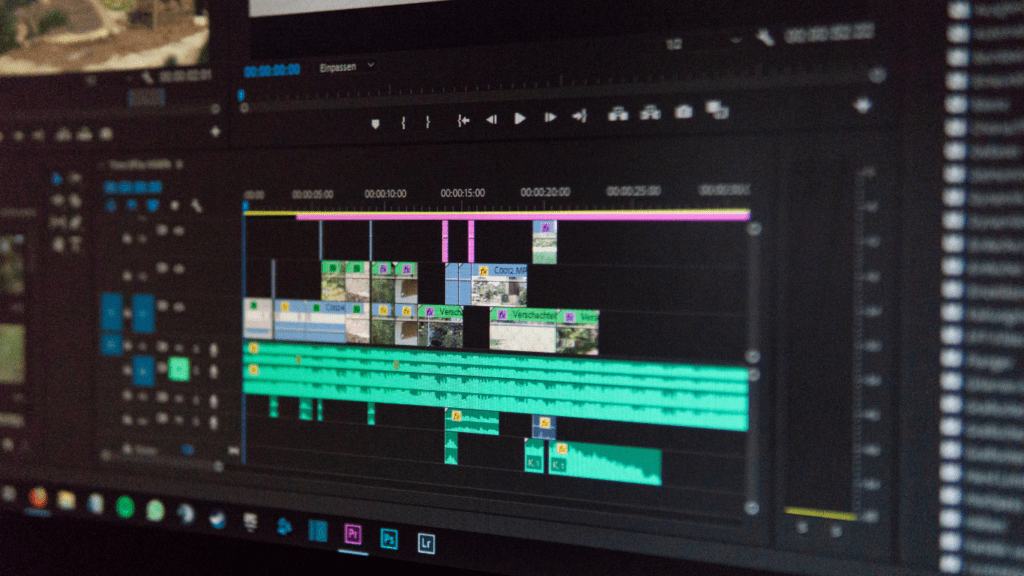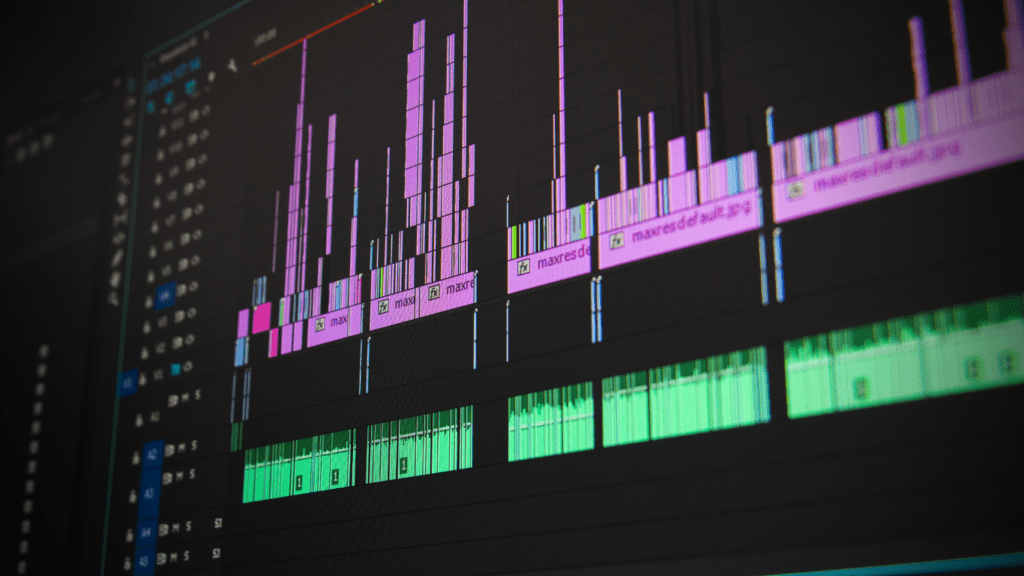Exploring the realm of digital painting opens up a world of creativity and expression. As an artist, I’ve discovered that mastering color theory is like unlocking a secret language that can breathe life into your creations. Understanding how colors work together can transform a mundane piece into a captivating masterpiece.
In this article, I’ll delve into the fascinating world of color theory and how you can leverage its principles to enhance your digital paintings. From the psychology of colors to practical tips on creating harmonious palettes, I’ll share insights that will elevate your artwork to new heights. Whether you’re a seasoned digital artist or just starting on your creative journey, harnessing the power of color theory can truly make a difference in the impact and emotion of your pieces.
Understanding Color Theory for Digital Paintings
Exploring color theory is essential for any digital artist looking to enhance the visual impact of their creations. Understanding how colors interact and influence each other can significantly elevate the quality of digital paintings. In this section, I’ll delve into the fundamentals of color theory, including the psychological effects of different colors and techniques for creating harmonious color palettes in digital art. Mastering these principles will empower artists of all skill levels to imbue their artwork with enhanced emotion and expression.
Importance of Color in Digital Art
Color plays a pivotal role in elevating the quality of digital paintings. Understanding the significance of color in digital art can greatly impact the emotional response and visual appeal of the artwork.
Psychological Impact of Colors
Colors have a profound influence on the emotional and psychological responses of viewers. Each color conveys a unique feeling or mood, affecting how the audience perceives the artwork. It’s essential to grasp the psychological impact of colors to evoke specific emotions and create impactful digital paintings.
Applying Color Theory in Digital Painting
Understanding color theory is vital when creating digital paintings. It helps me evoke emotions, set moods, and convey messages effectively through my artwork. By applying color theory principles, I can elevate my digital paintings from good to exceptional. Let’s delve into how I utilize color theory in my creative process.
1. Color Harmony:
In digital painting, I utilize color harmony to ensure that my artwork is visually appealing and well-balanced. I combine colors in a way that creates a sense of unity and cohesion, enhancing the overall impact of the piece. By using complementary colors or analogous color schemes, I can achieve a harmonious look that draws the viewer’s eye and creates a pleasing visual experience.
2. Emotional Impact:
Colors play a significant role in triggering emotional responses in viewers. When I select specific colors for my digital paintings, I consider the emotions they are associated with. For instance, warm colors like reds and oranges can convey energy and passion, while cool colors like blues and greens evoke calmness and serenity. By understanding the emotional impact of colors, I can manipulate the mood of my artwork to elicit the desired response from the audience.
3. Contrast and Focus:
Creating contrast in my digital paintings helps me highlight important elements and guide the viewer’s eye through the composition. By incorporating contrasting colors, I can draw attention to focal points and add depth to the artwork. Contrast not only enhances visual interest but also adds dynamism and excitement to the piece, making it more engaging for the audience.
4. Color Psychology:
Utilizing color psychology allows me to communicate specific messages and evoke particular feelings in my digital paintings. Each color carries its own symbolic meaning and can influence how the audience interprets the artwork. For example, using blue can convey a sense of tranquility or professionalism, while yellow can represent happiness or optimism. By leveraging color psychology, I can imbue my digital paintings with deeper layers of meaning and resonate with viewers on a subconscious level.
Incorporating these color theory principles into my digital painting practice has transformed the way I approach creating art. By mastering the art of color selection and combination, I can elevate the impact and effectiveness of my digital paintings, creating visually stunning pieces that resonate with viewers on a deeper level.
Tips for Enhancing Digital Paintings with Color
Implementing color theory effectively in digital painting can significantly enhance the overall impact of your artwork. By strategically utilizing color harmonies, emotional triggers, contrasts, and psychological influences, you can create digital paintings that convey specific emotions and messages with precision and depth. Here are essential tips to elevate your digital paintings through the application of color theory:
- Explore Color Harmonies: Combine colors in ways that create visually pleasing and coherent palettes. Experiment with complementary, analogous, triadic, and split-complementary color schemes to find the perfect balance for your digital paintings.
- Harness Emotional Impact: Use colors to evoke desired emotions in your audience. Warm colors like reds and yellows can convey energy and passion, while cool colors like blues and greens evoke calmness and serenity. Understanding the emotional associations of colors can help you craft paintings that resonate with viewers.
- Leverage Contrast: Incorporate contrast in your digital paintings to make elements stand out and create visual interest. Play with light and dark shades, as well as color contrasts, to add depth and dimension to your artwork. Contrast can guide the viewer’s eye and emphasize focal points effectively.
- Understand Color Psychology: Dive into the psychology of colors to leverage their subconscious effects on viewers. Different colors carry symbolic meanings and cultural associations that can influence the interpretation of your artwork. By tapping into color psychology, you can convey nuanced messages and enrich the storytelling aspect of your digital paintings.
By integrating these tips and techniques into your digital painting process, you can elevate the storytelling power and visual impact of your artwork. Mastering color theory opens up a world of creative possibilities, allowing you to craft compelling digital paintings that resonate with audiences and evoke powerful emotions.





